
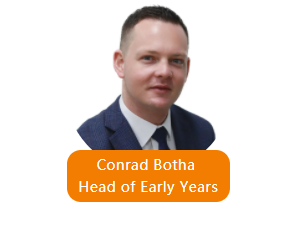
Anyone who has spent even a short amount of time in Huili Nursery Hangzhou would agree that our children have a strong sense of wonder and a deep understanding of the world around them. Our children are genuinely curious and fascinated, and with great imagination can see the beauty, joy and excitement all around them. When closely observing a Huili pupil, or listening to their questions you will see:
“Who made the trees?”
“How did that silkworm worm eat all of those leaves?”
“Why is that mud so brown and wet?”
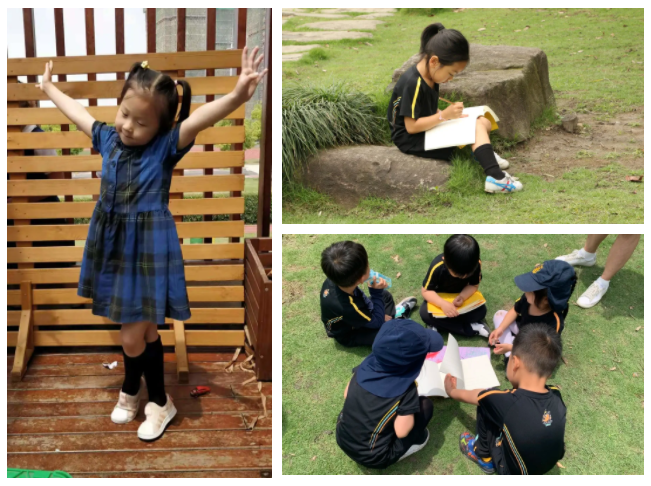
The word 'wonder' is often associated with other vocabulary such as awe and mystery which are all about discoveries and experiences. Our children have only spent a short time of their lives with us at Huili Nursery and therefore much of their daily opportunities are a mystery to them. Everything that they engage with during their day, not only at school but also in their daily lives, is filled with the possibility that only the ‘new’ can bring.
To keep the magic of wonder alive in our children, they need to be surrounded by positive relationships that provide “companionship of at least one adult who can share it, rediscovering with them the joy, excitement, and mystery of the world we live in” (Rachel Carson, The Sense of Wonder).
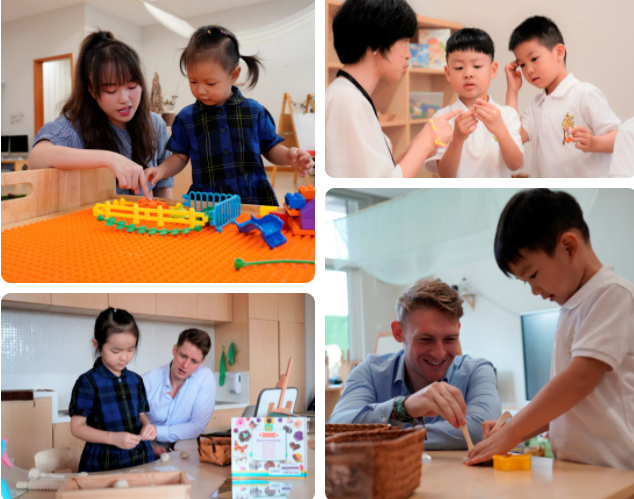
As our nursery and our learning community experiences the closure of some classes and some children are unable to attend school for a few days - the feelings and emotions we experience as adults for the world around us can easily make us feel like we are overshadowed by them. As adults, it is therefore important to keep those positive feelings of possibility, magic and wonder alive during the days our children are away from our nursery and learning community to celebrate the moments and to ensure that the ‘wonder’ of the world is shared purposefully with our children. By sharing I mean to model, inspire, show courage, preserve, and respond to the discoveries and opportunities around us – wherever we may find ourselves.
How can we bring back our own sense of wonder?
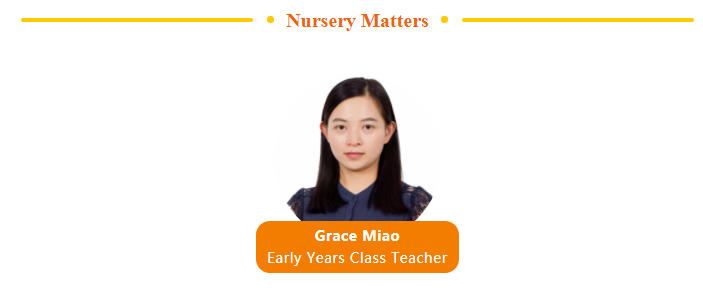
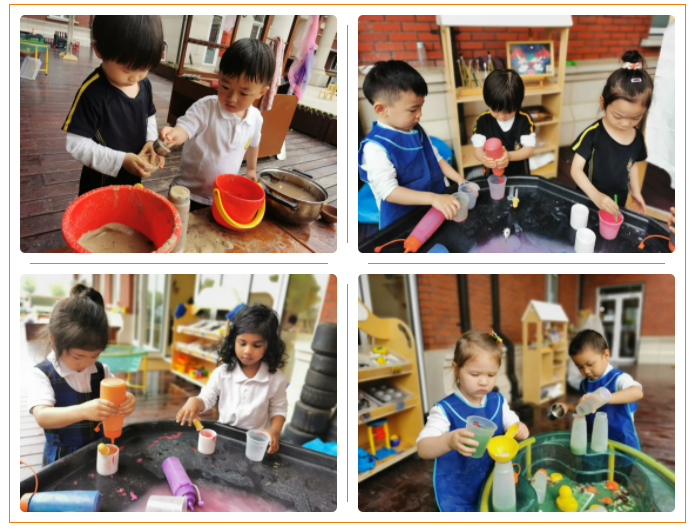
During exploration time, children had the wonderful idea of making magic potions by using different mediums. They used water, sand and paint, various bottles and containers to create a range of colours and representing various kinds of potions. After the play experiments, we read the book, ‘What do you want to be?’ It is a story about animals and their dreams. Children started to use their imagination to think about what they would choose to be using the magic potion. Out came an array of interesting ideas; crocodile, princess, ultraman, lion, prince, cat and so on. Inspiring, fun and a meaningful learning activity for our EY1A children.
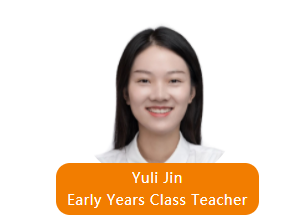
After constructing bridges in the classroom, children began to think about what else should be on both sides of the river besides the lawn. They decided to build a place like Hangzhou. To help the children to get more inspiration on building their city, we went out to Hangzhou Bay international community as our field trip. Children looked carefully at what kind of buildings were included in the community's 3D map table and thought about their functions. After that, children worked in a small groups of two with a parent volunteer to complete their city planning using coloured paper, scissors and coloured pens. We were impressed by the dedication of our children and parents. When we came back to the nursery, we displayed each group design in the communal area on the first floor, where they presented their ideas confidently in front of others.
.gif)
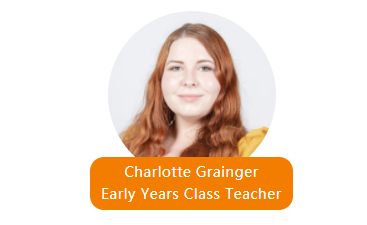
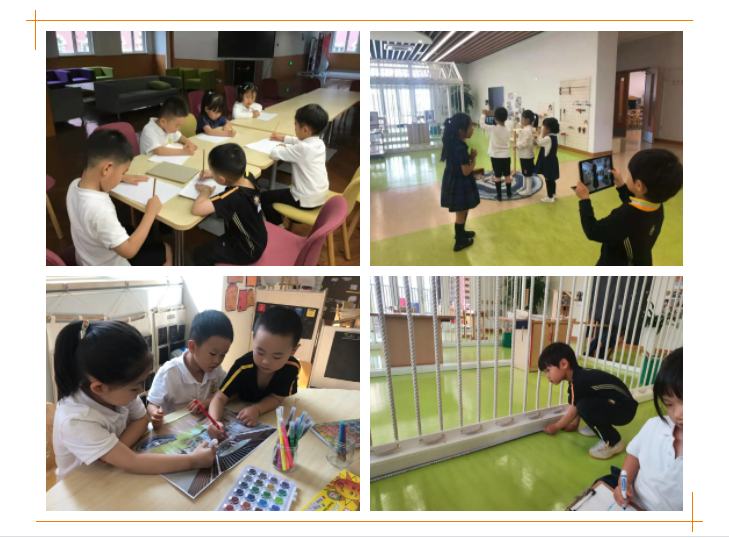
Through project learning, children show what they know during phase three. In class our children have chosen to host an art exhibition to demonstrate all the skills and knowledge we have learnt through our botany project. Children were tasked with finding a suitable space to hold our art exhibition. The children toured the school looking for a suitable place and wrote letters to Ms. Katherine, Ms. Angela and Ms. May to seek permission to use one of the spaces. Once we had our responses we debated as a class which place, we would use. After a voting, children chose the carpentry area to host the art show and we began to plan.
First, children used photographs to mark make, using different symbols to represent what needed to be moved, kept and taken away. Some children then went to the space and measured the key areas using different objects, from their feet to measuring tapes.
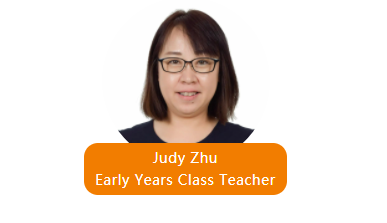
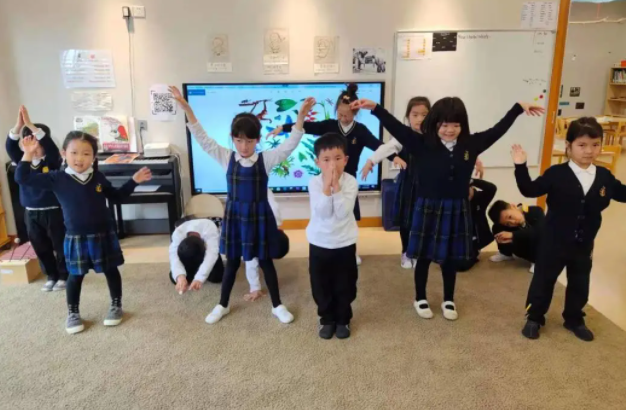
In the last session, children explored and learned new projects: animals living in the cold regions of the north and south as well as large cats like African steppe lions in extremely hot regions. We followed in the footsteps of children to the hot and humid tropical rain forests of the earth's equator. We have learned about the different climates of the rainforest in Africa, and children had a keen interest in the fantasy animals and plants within it. "How big is the poison dart frog? Will the carnivorous plants in the rain forest eat people?" We collected the inquiries raised by the children. We discovered the answers one by one through multiple channels.